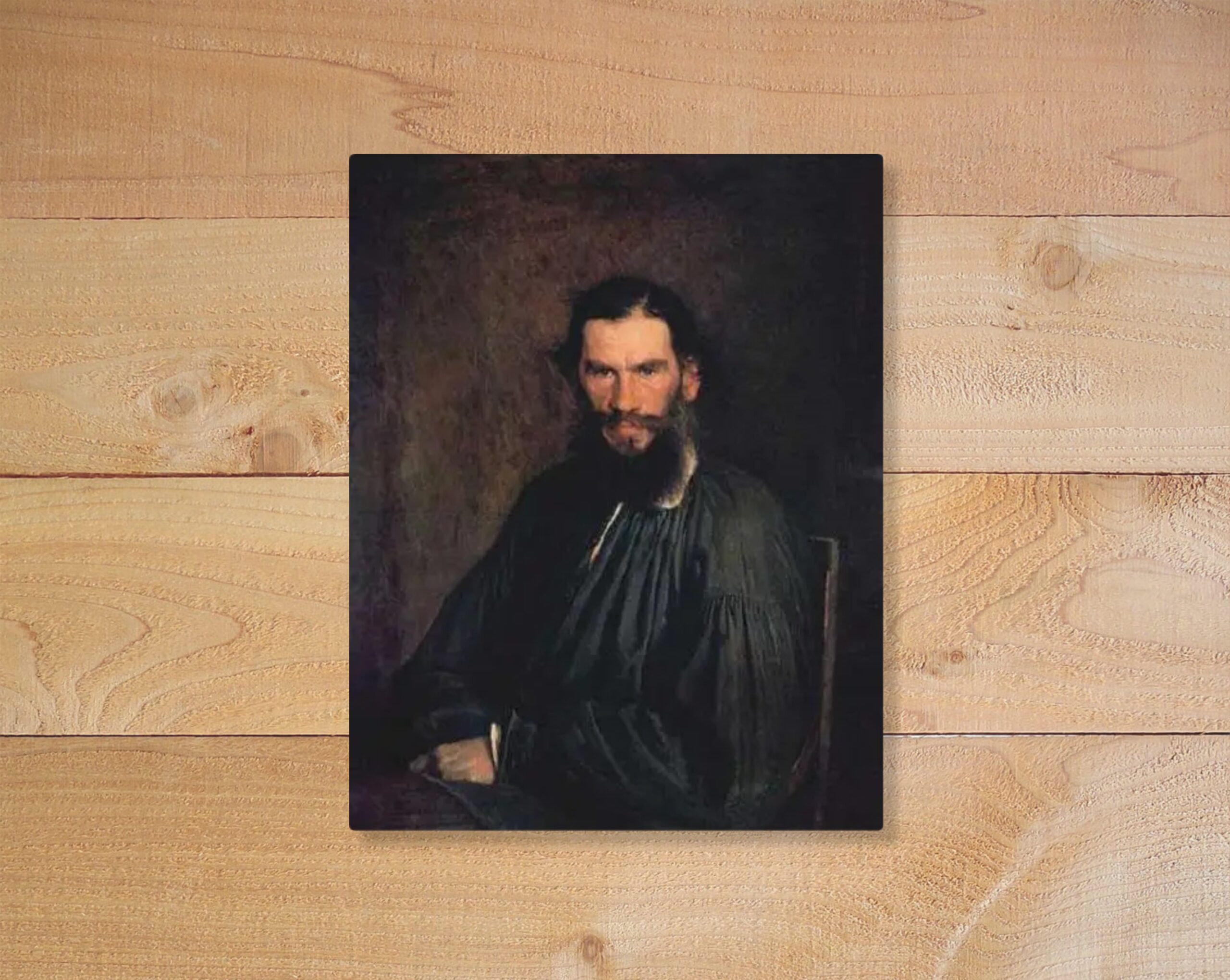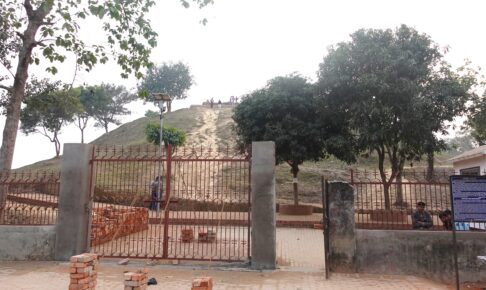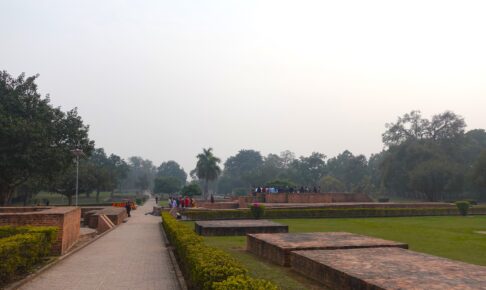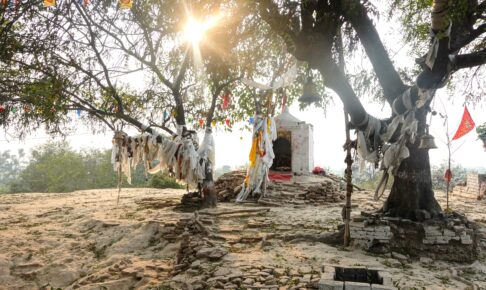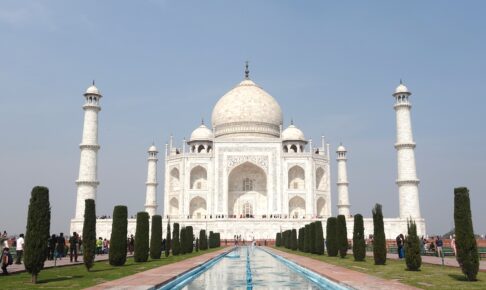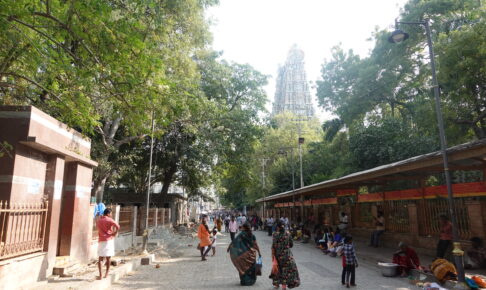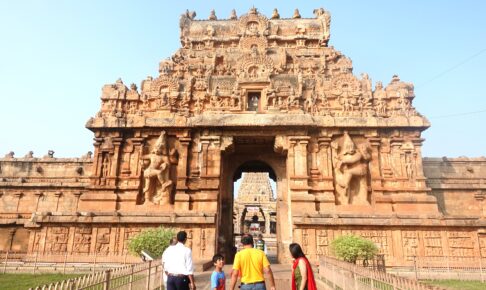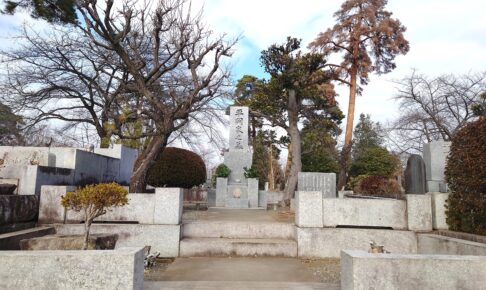Episode of the production of Kramskoy's "Portrait of Tolstoy" - This is how Tolstoy's piercing gaze was depicted!
In the previous article, by Perloff.A Portrait of Dostoevsky."We did an episode of production.
And in this article, we will present an episode of the portrait of another great writer, Tolstoy.
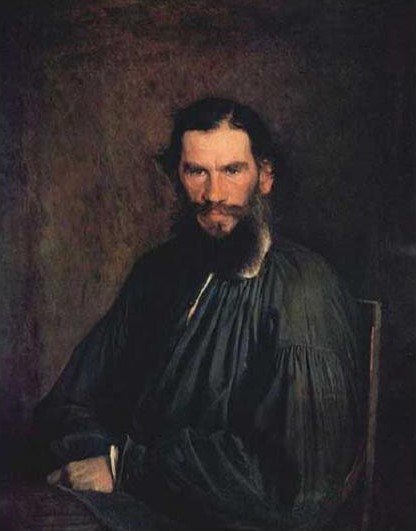
This work was painted by Kramskoy, a leading figure in modern Russian painting.
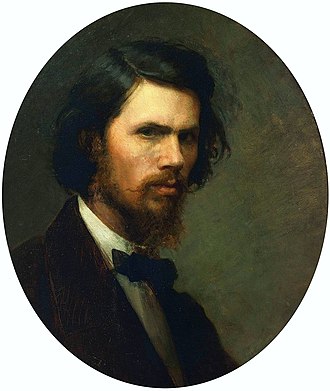
His best-known works include Christ in the Wilderness and The Stranger (Unforgettable Woman).
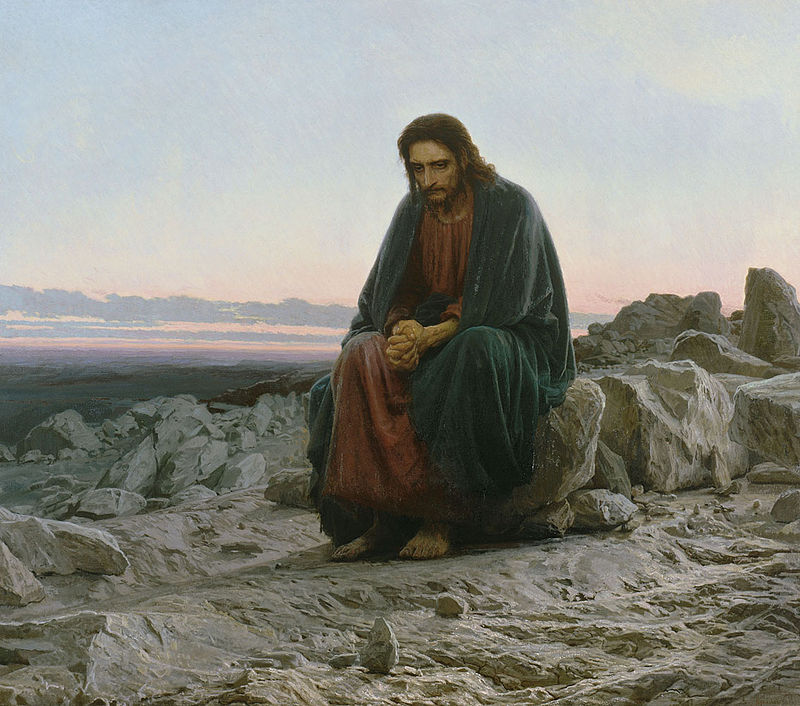
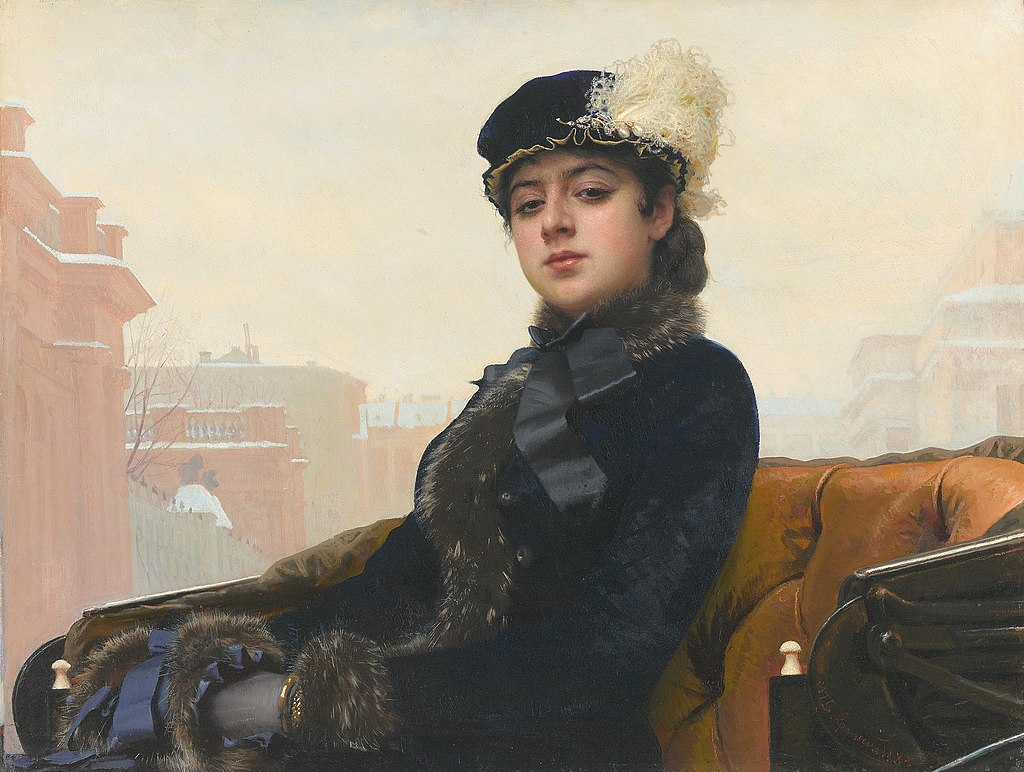
Kramskoy, one of the leading Russian painters, painted a portrait of Tolstoy in 1873.
In this article, we will introduce the episode from the book "A Journey through Russian Paintings: The Tretyakov Museum of Fine Arts" by Poldminskii. Let's begin by taking a look at what happened at that time.
Tretyakov felt strongly that the Tretyakov Museum was missing a portrait of Lev Tolstoy. He tried to get his hands on the valuable painting, but Tolstoy refused each time with a firm refusal: "I never did and never will do anything about the portrait. He said, "I have always and still do refuse to do portraits. A certain feeling, stronger than my views, tells me no." To Tolstoy, it seemed undesirable and irreverent to pose for a painter. Besides, he thought it would be a shame to have his own figure exposed to the public in a museum and thousands of people looking at it.
In the summer of 1873, Kramskoy was living in a village not far from the artist's estate, Jasnaya Polyana. He had done a number of portraits for Tretyakov by then, and he was eager to paint a portrait of Tolstoy as well, having read and been moved by Tolstoy's works and having thought about many of them penetratingly.
The painter decided to try his luck.
One morning, he walked to Yaasnaya Polyana to find that Tolstoy was away on family business. When Kramskoi goes to look for him, he finds a bearded laborer in the barn, cracking open a maki.
Hey, do you know where Lev Nikolaevich is?
I said, "Don't you know? It's me.
Kramskoy was stumped, introduced himself, and told him the reason for his visit. Tolstoy then gently told him that he did not want a portrait, but that he knew your paintings, and began a conversation willingly.
They went into the house and talked about literature and painting, and Tolstoy became more and more fond of the painter, but still, whenever Kramskoy rehashed the portrait, Tolstoy would shake his head and reply, "No, no, I don't want that ......"! .
Suddenly, Kramskoy cut in.
Still, Lev Nikolaevich, your portrait will be in the museum's collection anyway.
Why again?
I won't paint, and other artists won't paint now, but thirty or fifty years from now, painters will paint Tolstoy. Thirty or fifty years from now, painters will paint Tolstoy, and when they do, they will regret that no one has painted a copy of him.
Tolstoy thought about it for a long time, and then said, "If it is not for the museum, but for my family and my children, I would be happy to have it painted. Tolstoy thought about it for a long time and then said, "If it is not for the museum, but for my family and my children, I will paint it.
Kramskoy was quick to make a suggestion. I will paint two paintings at once, but I will not exhibit them until you give me your permission. But I will not exhibit them until I have your permission.
Then, literally in a quick frenzy, and in his own words, "with passion," he finished two almost identical paintings. One remains in the Jasnaya Polyana, and the other has already been on display in the Tretyakov Museum for more than a hundred years.
Tolstoy was greatly pleased with the portraits, and since then painters have often visited Jasnaya Polyana.
Gunzo-sha, Poldominskii, Hajimari ha Tretyakov Art Museum, p. 148-150, translated by Junko Oie, "Journey of Russian Paintings.
It seems to me that Tolstoy stubbornly refused to have his portrait painted, just as I imagined.

The author then describes the characteristics and appeal of the resulting portraits as follows
Tolstoy's piercing gaze
The portrait of Tolstoy is strong and powerful, and one would think that he would be able to do the hard labor of a peasant, such as plowing, harvesting, and chopping firewood. However, the Tolstoy portrayed by Kramskoy is not only physically strong. He is a man of powerful ideas. The artist later recalled that he was struck by Tolstoy's power of persuasion, the irresistible force of his every word, and the way in which everything he said was inextricably linked to his deep reflection on the world in which we live.
Kramskoy was a gifted talent, Stasov said, who put into the face of the great artist all the most important characteristics of his personality: depth of wisdom, strength of creativity, goodness, simplicity, and indomitable will.
Of particular importance was the painter's ability to capture that unique gaze that astonished everyone who met the artist. Talking with Tolstoy, one had the feeling that he was seeing through to the innermost thoughts, feelings, and desires of the artist, whose eyes penetrated and studied the soul. One such earnest and attentive interlocutor recalled: "When Tolstoy looked at a person intently, he would say, 'I'm not going to look at him. When Tolstoy looked at a person, he concentrated without a twitch, as if he was looking into the person's soul, trying to suck out whatever was lurking inside, whether good or bad. At that moment, his eyes would withdraw behind drooping brows like the sun hiding behind a black cloud.
We, the viewers of this portrait, are also greeted by Tolstoy's searching, focused gaze. We then understand and feel the extraordinary insight of a man who was great both as a writer and a human being.
Gunzo-sha, Poldominskii, Hajimari wa Tretyakov Art Museum, translated by Junko Oie, Hajimari wa Tretyakov Art Museum, p. 150-1.
Indeed, the sharpness of Tolstoy's gaze in this portrait is astonishing.
Tolstoy is often associated with the white beard of his later years, but 1873, the year this portrait was painted, was Tolstoy's 45th year. 4 years earlierWar and Peace."was completed and became a big hit. And in this yearAnna Karenina."I was writing. In other words, it was a time when he was in the midst of his burgeoning career as a writer. The sharp look in his eyes at that time is depicted in this portrait.
And interestingly, Tolstoy's encounter with Kramskoy also influenced the writing of Anna Karenina.
How did the painter Mikhailov come into the picture?
At the time the portrait was painted, Tolstoy was working on Anna Karenina. When the painter Mikhailov was soon to appear in the work, readers immediately took an interest in this interesting character, remembering his views on art, his behavior, and his remarkable ability to create tirelessly.
For example, a stearin candle stain on paper immediately transforms the stain into the image of a person who is angry about something in the artist's mind. Mikhailov had once glimpsed the face of a cigar vendor in passing, and subconsciously memorized it, as if he were hiding it somewhere until he needed it.
Later, holding a blotched piece of paper like an angry person, Mikhailov suddenly thought that the man must have the chin of that cigar peddler.
It was Tolstoy himself who worked in this way, constantly capturing impressions and storing them in his memory, and Kramskoy was no different.
Those who read "Anna Karenina" at the time of its publication noticed that the painter Mikhailov, who began to appear in the pages of the novel shortly after the portrait was completed, resembled the actual painter Kramskoy.
While Kramskoy was carefully studying Tolstoy's face and painting a lively portrait, Tolstoy was also carefully studying the artist and preparing to paint his portrait in words.
Gunzo-sha, Poldominskii, Hajimari ha Tretyakov Art Museum, p. 151, translated by Junko Oye, "Journey of Russian Paintings.
It is a legendary episode that is very Tolstoy-like, or should I say, Tolstoy-fearful.
This anecdote shows that the encounter with the painter Kramskoy was very significant for Tolstoy.
It was very interesting to see Tolstoy from a different angle, the episode of portrait making, which I have usually seen only from the literary side.
This is "Episode of the Production of Kramskoy's "Portrait of Tolstoy" - This is how Tolstoy's piercing gaze was depicted! This is how Tolstoy's piercing gaze was depicted!
Click here to read the previous article.
Related Articles












